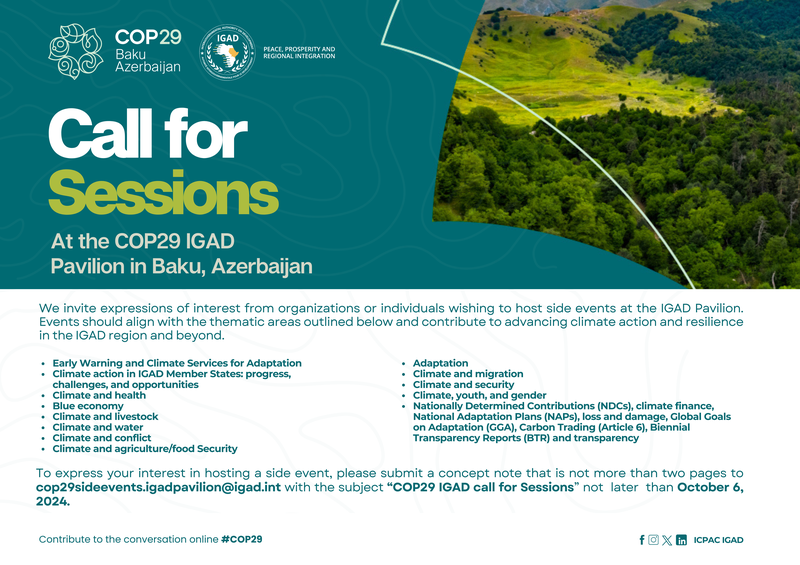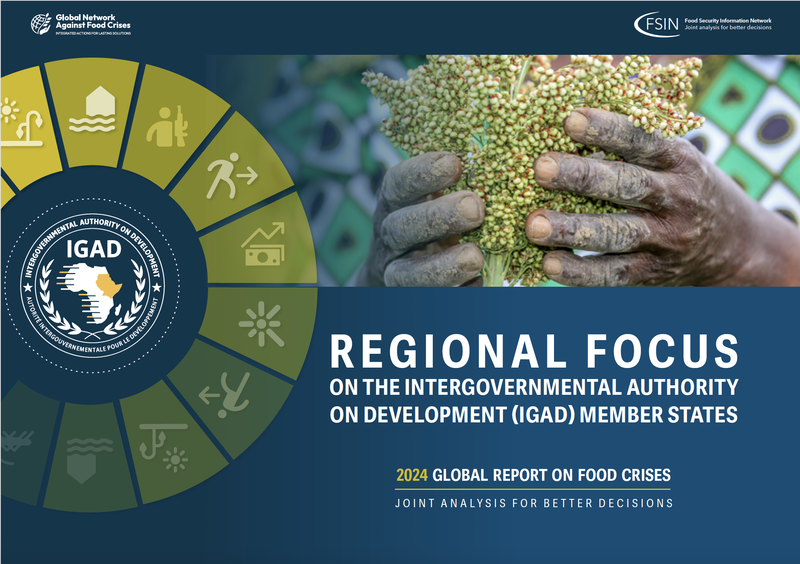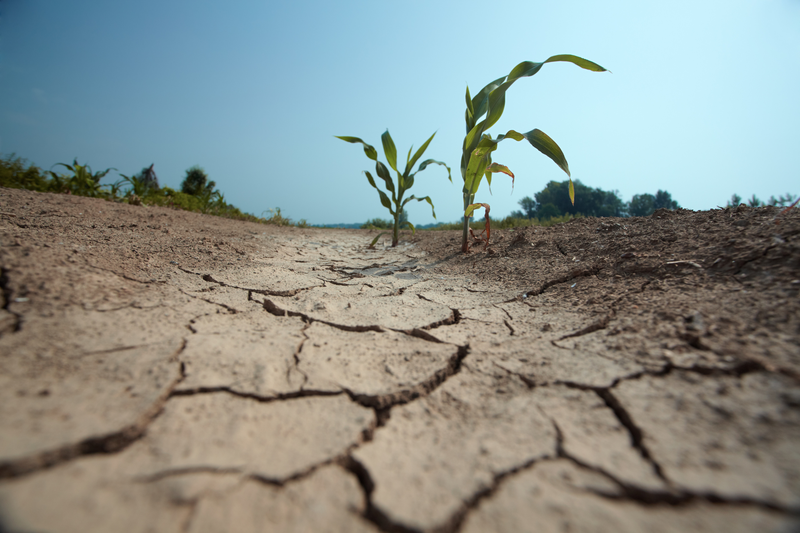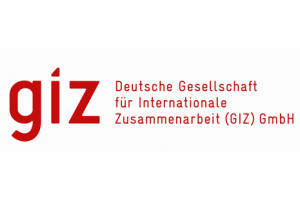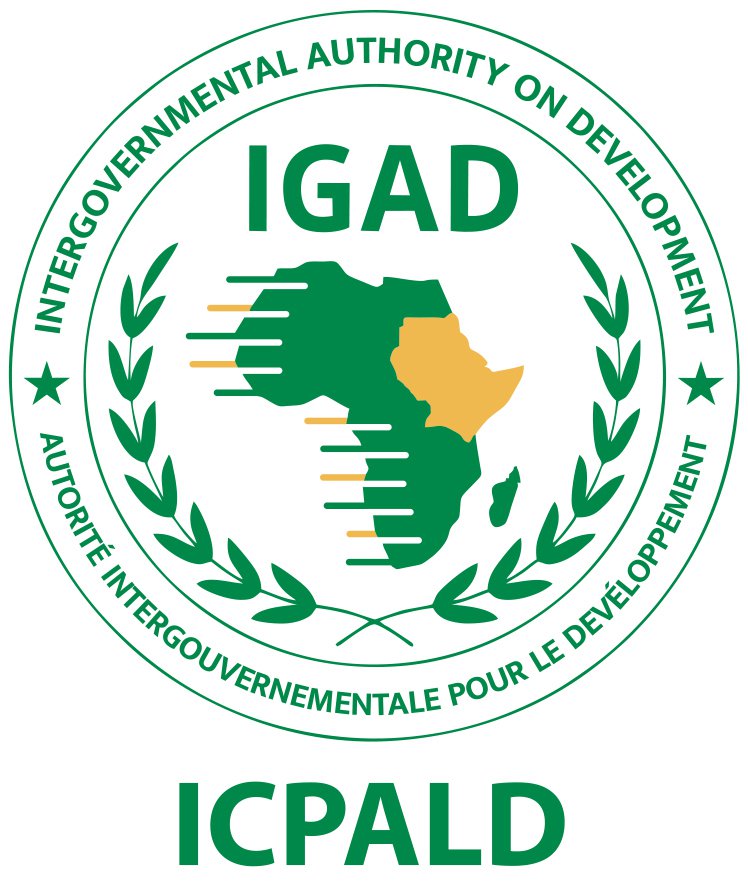Building resilience, monitoring risks and Strengthening IGAD DRM
Characterized by arid conditions, the Karamoja cluster is hard-hit by drought. Through this project, ICPAC seeks to strengthen the capacity of IGAD member states to increase drought resilience in the Karamoja Cluster of Kenya and Uganda. SCIIDA has identified patterns in biophysical parameters and seeks to support the development of drought hazard monitoring and early warning systems for Karamoja and the mapping of drought disaster risks. Additionally, the project supports the IGAD Disaster Risk Management (DRM) program to implement the regional DRR strategy.

Our Areas of Work
Characterize and map rangelands in the cross-border areas of Karamoja
The project seeks to characterize and map rangelands in the cross-border areas of Karamoja to develop a detailed understanding of their ecological features, vegetation types, land use patterns, and grazing capacities. This output will provide valuable information for sustainable land management practices, including the identification of key areas for conservation, grazing optimization, and the mitigation of land degradation risks. The mapping of rangelands will also support cross-border collaboration and resource-sharing initiatives between Kenya and Uganda within the Karamoja Cluster, promoting resilience and ecological balance in the region.
Develop tailored Drought Early Warning Systems for Karamoja's Cross Border Region
Based on the existing East Africa Drought Watch, a cutting-edge, open-source drought monitoring system for the SCIDA III project area is under development. This cross-border drought watch aims to issue three grades of warnings: Watch, Warnings, and Alerts. It will consider biophysical indicators and integrate local socio-economic parameters for targeted early warnings to pastoral and agro-pastoral communities, advising on potential water and pasture availability/deficits.
Conduct Drought Vulnerability Assessment for Cross-Border Areas and Develop Risk Reduction Action Plans
Cross-border areas are uniquely vulnerable to climate and disaster risks due to remoteness and transboundary spill-over effects of some disaster risks such as drought, disease, and conflicts. This project output focuses on the assessment of drought risk and vulnerability and creating risk profiles that can pinpoint areas needing attention, guiding actionable plans with input from local authorities, communities, and stakeholders.
Strengthen the IGAD Disaster Risk Management programme to implement regional DRR Strategy
This Project output supports actions linked with the harmonization and implantation of Disaster Risk Management strategies and programmes at regional and National levels. There is also a focus on sustainability and scalability of actions undertaken to address climate risks.
Latest News
Latest Updates

Summary for Decision Makers, October to December 2024 Season
Download our latest Summary for Decision Makers with impacts and advisories for the following secto…

Technical Statement from the 68th Greater Horn of Africa Climate Outlook Forum (GHACOF68)
The 68th Greater Horn of Africa Climate Outlook Forum (GHACOF68) was held from 19 to 20 August 2024…

Projected future changes in food insecurity hotspots over the IGAD region of Eastern Africa
Food insecurity is a major issue in many parts of the world, driven by conflict, economic instabili…

Technical Statement from the 67th Greater Horn of Africa Climate Outlook Forum (GHACOF67)
The IGAD Climate Prediction and Applications Centre (ICPAC) released the June to September 2024 sea…

